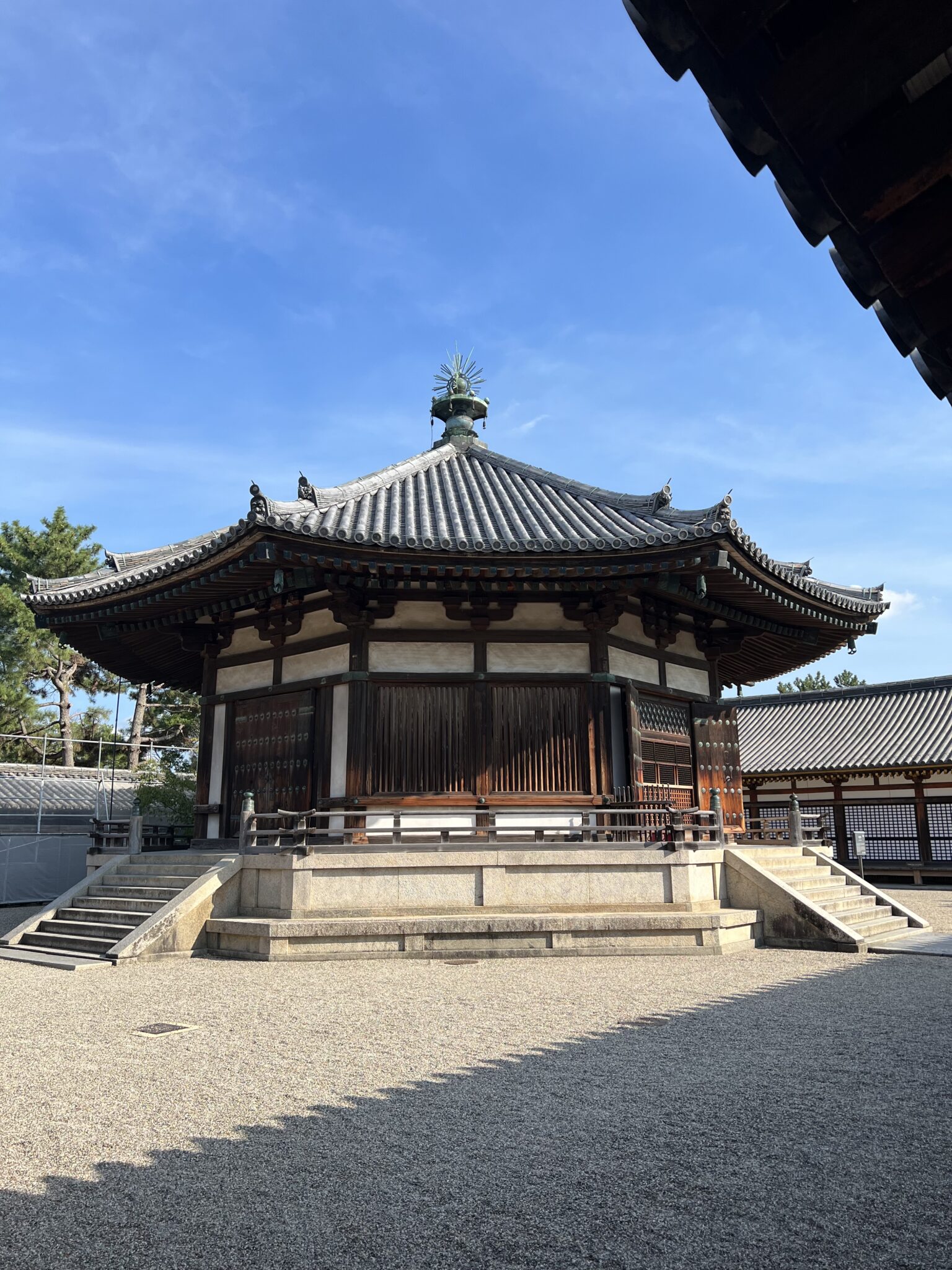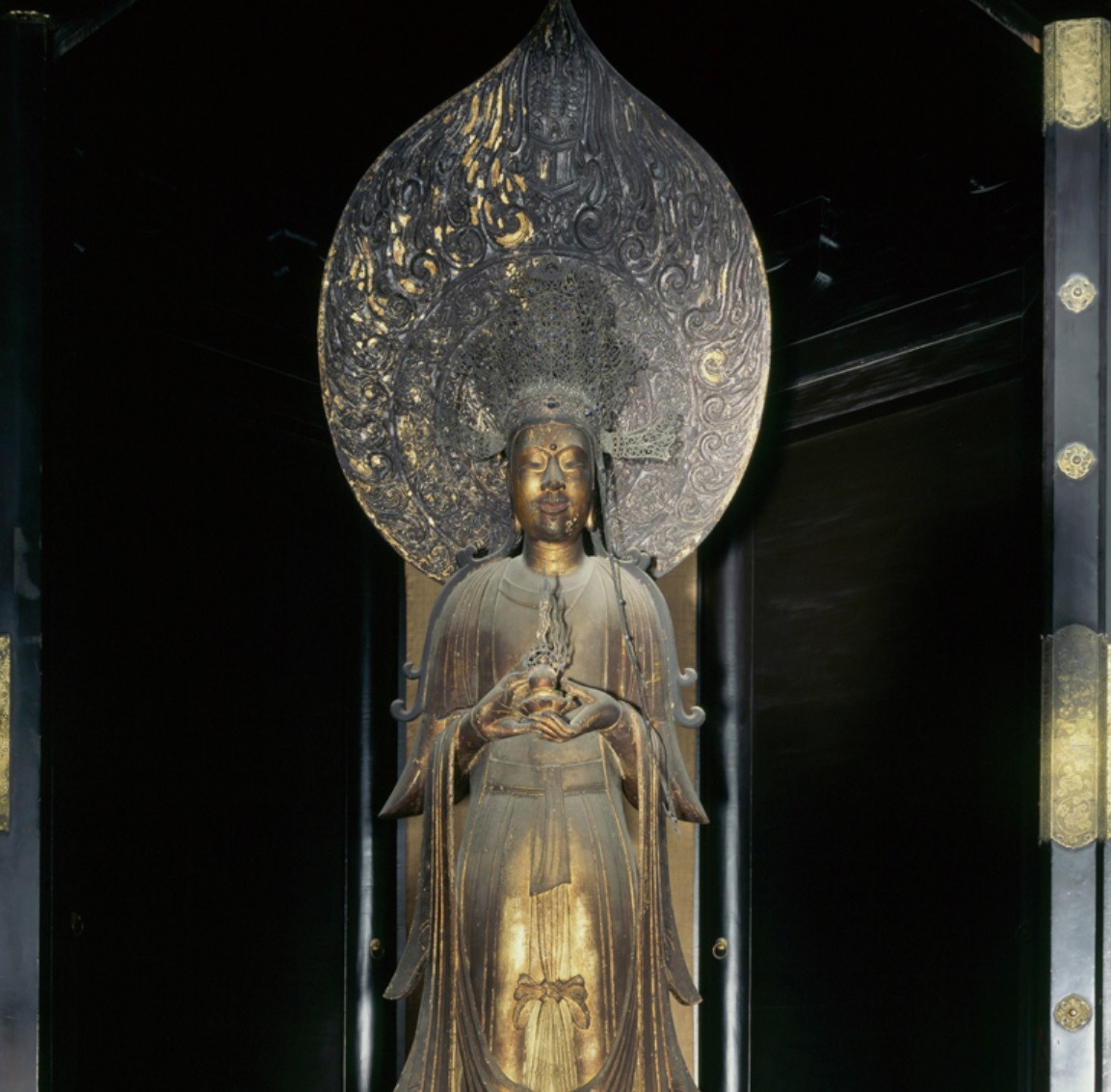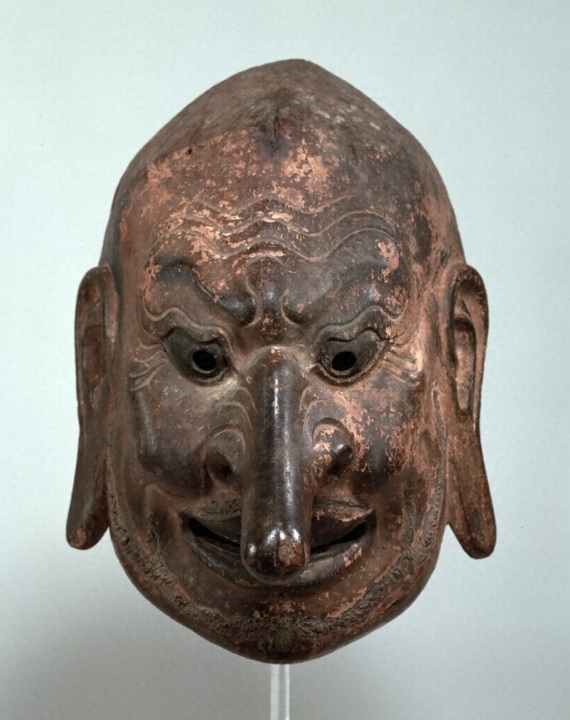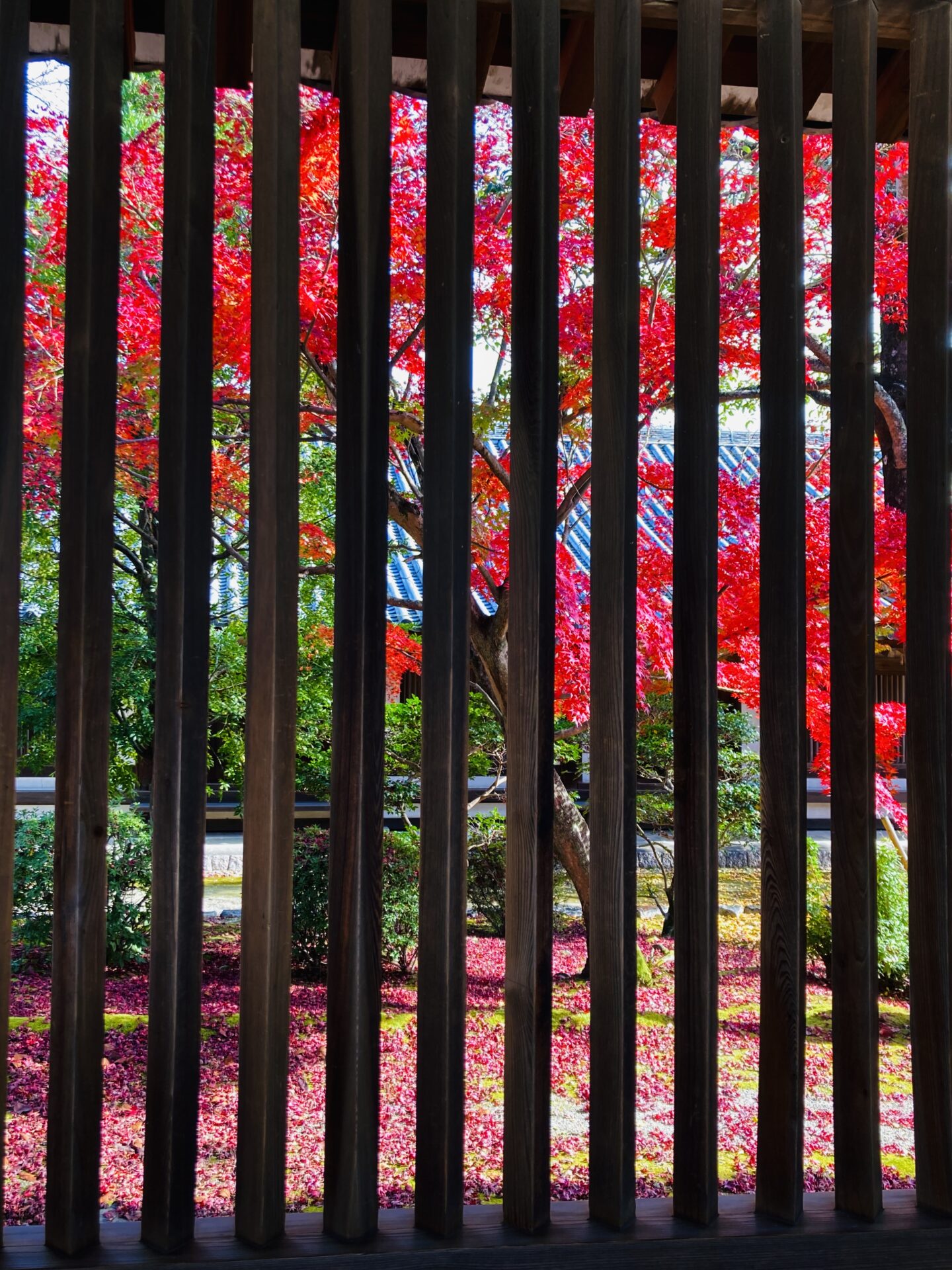When thinking of Horyu-ji Temple, one cannot help but think of Prince Shotoku, and when thinking of Prince Shotoku, one thinks of Horyu-ji. This autumn, following the special spring exhibition, the standing statue of Kuse Kannon Bodhisattva, believed to be a likeness of Prince Shotoku, will once again be on special display in the Yumedono (Hall of Dreams). Amazingly, despite my long desire to see this statue, I have yet to do so. This year will likely be the first time I lay eyes on this famous Kuse Kannon Bodhisattva, and I’m already filled with excitement and anticipation.
Horyu-ji Temple Eastern Precinct, Yumedono (Hall of Dreams)
Standing Statue of Kuse Kannon Bodhisattva on Display
October 22 – November 22 (8:00 AM – 5:00 PM, until 4:30 PM from November 4 onward)

Even after reading various historical records, many mysteries remain about Prince Shotoku, and it seems that much of his life can only be filled in through imagination. Of course, there must be many new studies and papers that I am unaware of, and I imagine that more is being uncovered. However, since it is impossible to cover everything, what I write here is merely a reflection of my own thoughts.

Even setting aside the fact that Prince Shotoku was active during the early days of Buddhism’s introduction to Japan, there are many unique aspects surrounding both Prince Shotoku and Horyu-ji Temple. Prince Shotoku had a strong lineage from the Soga clan, many of whose members had names related to food or animals—Iname, Umako, Iruka, Emishi, and Umayado no Oji (Prince Shotoku’s birth name; the name ‘Shotoku Taishi’ was given to him later). Since they chose these names for themselves, they must have considered them to be very favorable. Although it’s unclear where the Soga clan originally came from, one can imagine they might have come from the northeastern regions of Japan, where they were blessed with abundant resources from both land and sea.
Why is the Soga clan’s name written with these particular kanji (蘇我)? This is a mystery that anyone with an interest in Christianity might wonder about. Even though the sound is ‘Soga,’ it seems like other kanji could have been used. ‘Ware yomigaeru’ (我蘇, ‘I am resurrected’), ‘Umayado’ (厩, ‘stable’), and ‘Kuse Kannon Bodhisattva’ (救世観音菩薩, ‘Savior Kannon’)—it seems only natural to sense an homage to Christianity in these kanji. Then there is the oldest surviving embroidery work in Japan, a national treasure known as the ‘Tenjukoku Mandala Embroidery,’ said to have been made by Tachibana no Ooiratsume, one of Shotoku’s wife, who mourned his death. It depicts the world Prince Shotoku entered after his death, but where exactly is ‘Tenjukoku’? It doesn’t appear to correspond to any other named place, and it seems different from the Western Pure Land in Buddhism. There’s a theory that ‘Tenjukoku’ was a miswriting, but it’s hard to imagine such a significant mistake being made when creating something so important. And the ‘Kuse Kannon Bodhisattva’ can only be found here but in no other temples in Japan.

The many gigaku masks preserved at Horyu-ji Temple reveal that various ethnic groups lived in Japan at that time, suggesting that the country was much more international than it is today. In addition to the native Shinto, Buddhism, Christianity, and other influences were also integrated into Japanese culture. This was a period when Japan excelled at ‘wakon yōsai’—the art of skillfully adopting and incorporating foreign elements into its own traditions.
I’m really looking forward to seeing how I will feel when I stand before the statue of Kuse Kannon during this special exhibition. I’ve known him for so many years, but this will be the first time to see it with my eyes.
As a side note, there is a popular inn called Wakou located in front of Horyu-ji Temple, and their guided storytelling tours of the temple for guests are extremely popular. In fact, the peak months of October and November are already fully booked. I’m eager to hear the stories, so I’m planning to stay there before the year ends.

